#Foraging
Text

Weeping bolete
#suillus granulatus#weeping bolete#mushrooms#fungi#mycology#foraging#moss#edible mushrooms#forest floor#forestcore#naturecore#nature photography#nature#original photographers#photographers on tumblr#fujifilm photography
125 notes
·
View notes
Text
While foraging, animals including humans and monkeys are continuously making decisions about where to search for food and when to move among possible sources of sustenance.
"Foraging behavior is something we perform daily when we go to the grocery store to pick up food, and we make choices based on the degree of reward each choice provides. It's a classical problem common to every species on the planet," said Valentin Dragoi, professor of electrical and computer engineering at Rice, professor of neuroscience at Weill Cornell Medical College and scientific director of the Methodist/Rice Center for Neural Systems Restoration.
In a paper published in Nature Neuroscience, Dragoi and collaborators investigate the brain processes involved in searching for food.
Continue Reading.
105 notes
·
View notes
Text

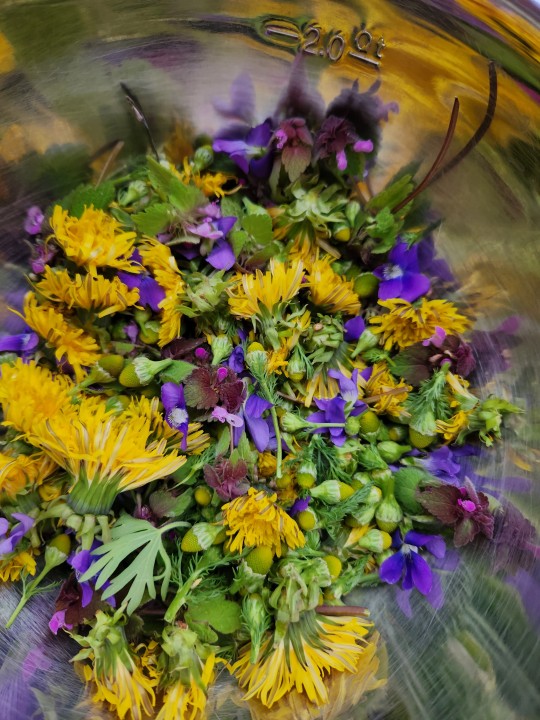

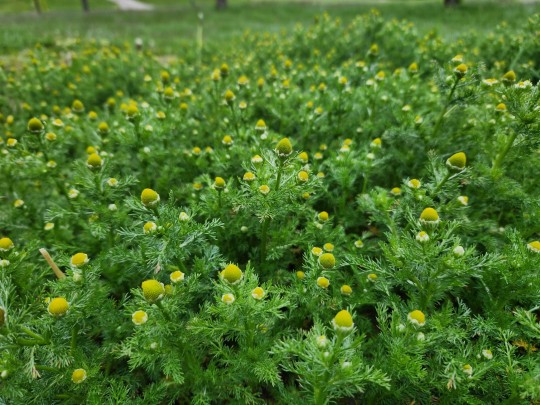
Lots of foraging today.
(flowers: mayweed, dandelion, dead nettle, violet, ground clover, henbit, cranesbill
leaves: chicory, dandelion, plantain, ground clover)
#nature#forage#foraging#eat the weeds#naturecore#solarpunk#edible plants#nature photography#cottagecore#plants#medicinal plants
20 notes
·
View notes
Text
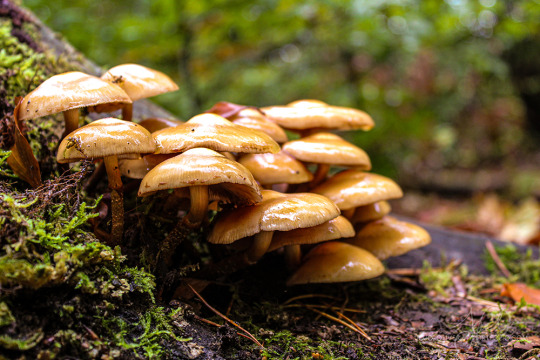
sheathed woodtuft / kuehneromyces mutabilis
Rhineland-Palatinate, Germany
#jojoliverphotography#mushrooms#fungi#mycology#fungus#cottagecore#nature#forest#nature photography#europe#germany#photography#photographers on tumblr#lensblr#wilderness#adventure#foraging#my photography
30 notes
·
View notes
Text


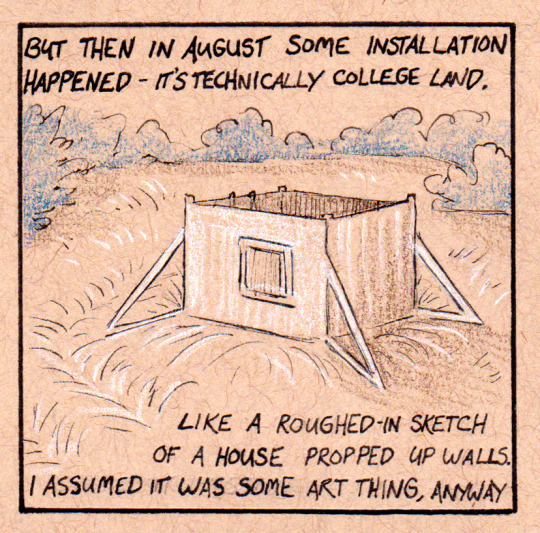
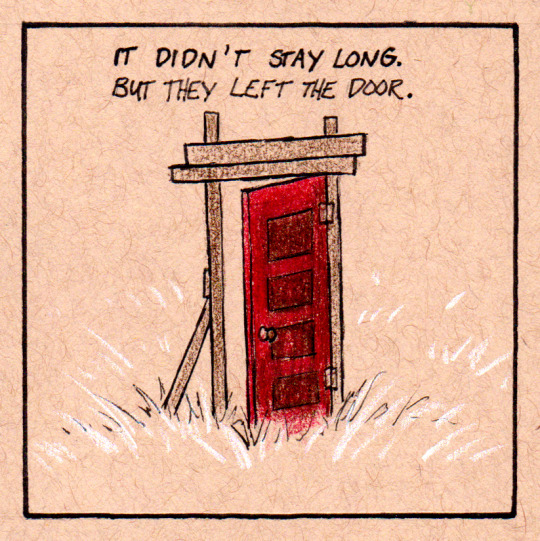



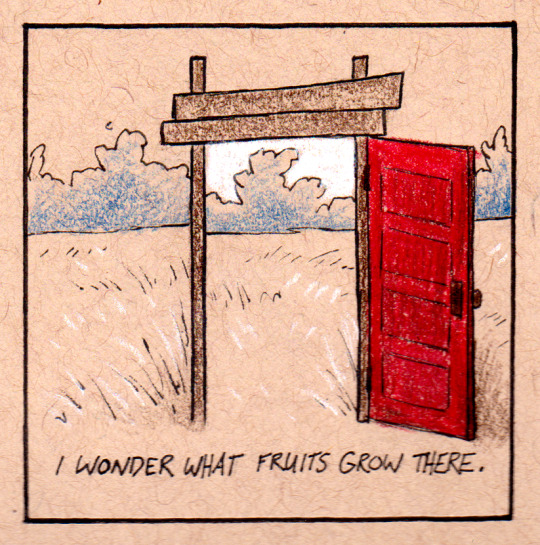
Just for the record this is a real problem I'm having. What does one do with a possibly cursed mystery door in the blackberry patch. Besides ignore it and keep eating blackberries...
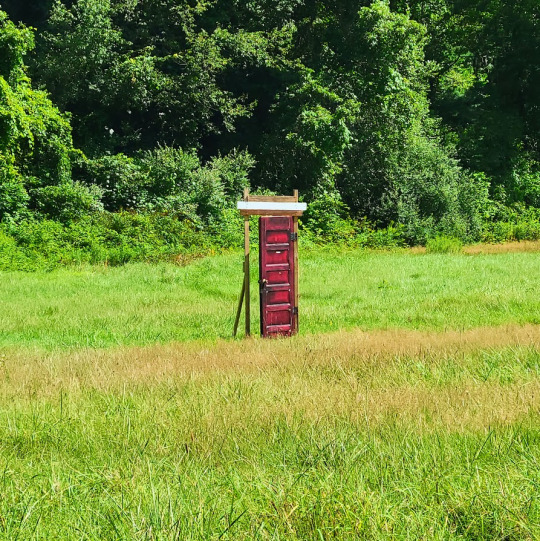
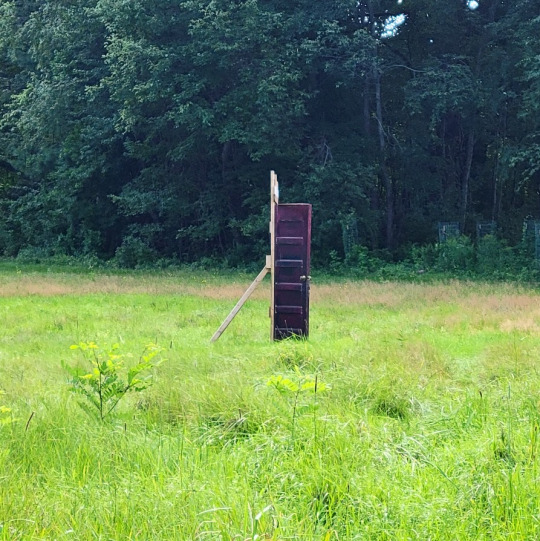
21K notes
·
View notes
Text
Analysis of data from dozens of foraging societies around the world shows that women hunt in at least 79% of these societies, opposing the widespread belief that men exclusively hunt and women exclusively gather. Abigail Anderson of Seattle Pacific University, US, and colleagues presented these findings in the open-access journal PLOS ONE on June 28, 2023.
A common belief holds that, among foraging populations, men have typically hunted animals while women gathered plant products for food. However, mounting archaeological evidence from across human history and prehistory is challenging this paradigm; for instance, women in many societies have been found buried alongside big-game hunting tools.
Some researchers have suggested that women's role as hunters was confined to the past, with more recent foraging societies following the paradigm of men as hunters and women as gatherers. To investigate that possibility, Anderson and colleagues analyzed data from the past 100 years on 63 foraging societies around the world, including societies in North and South America, Africa, Australia, Asia, and the Oceanic region.
They found that women hunt in 79% of the analyzed societies, regardless of their status as mothers. More than 70% of female hunting appears to be intentional—as opposed to opportunistic killing of animals encountered while performing other activities, and intentional hunting by women appears to target game of all sizes, most often large game.
The analysis also revealed that women are actively involved in teaching hunting practices and that they often employ a greater variety of weapon choice and hunting strategies than men.
These findings suggest that, in many foraging societies, women are skilled hunters and play an instrumental role in the practice, adding to the evidence opposing long-held perceptions about gender roles in foraging societies. The authors note that these stereotypes have influenced previous archaeological studies, with, for instance, some researchers reluctant to interpret objects buried with women as hunting tools. They call for reevaluation of such evidence and caution against misapplying the idea of men as hunters and women as gatherers in future research.
The authors add, "Evidence from around the world shows that women participate in subsistence hunting in the majority of cultures."
22K notes
·
View notes
Text

🌿 🌹 🌱 🥬 ✨ // nasturtiums // gouache on hot press paper
#my art#gouache#illustration#painting#cottagecore#art#botanical#artists on tumblr#queer artist#trans artist#nasturtium#edible flowers#foraging#garden#gardencore#cottage aesthetic#cottage garden#bugs#isopods#pill bug#moth#moth art#flower art#floral art
17K notes
·
View notes
Text

A little excerpt from my new foraging zine that a lot of people seem to be resonating with. My favorite part of any foraging book is always getting to talk about why I find the practice so meaningful 🌸💕
18K notes
·
View notes
Text



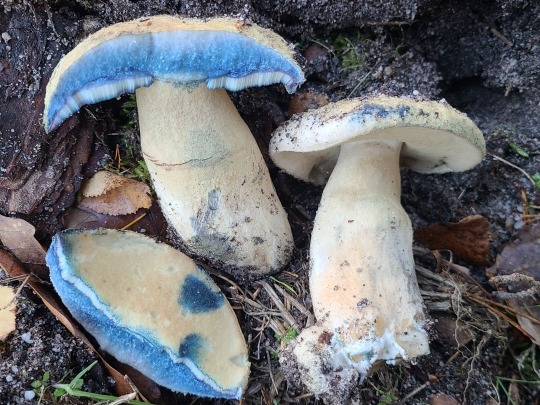



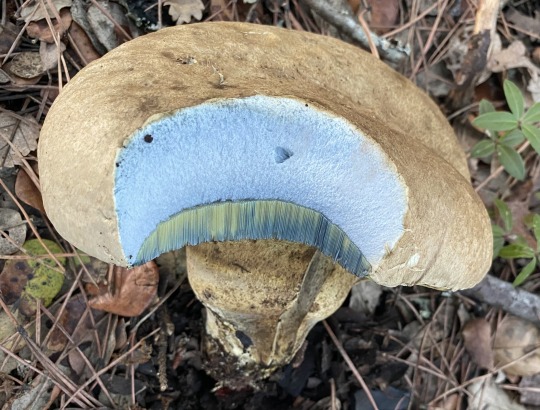

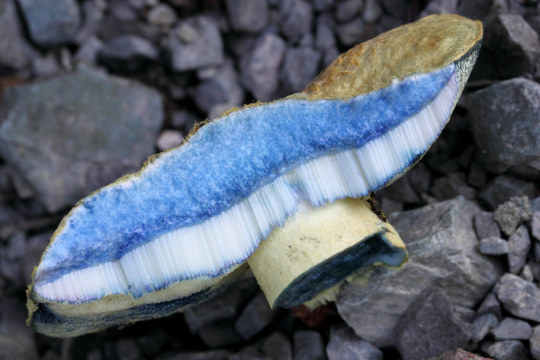
gyroporus cyanescens (cornflower bolete)
#mushrooms#mushroom#fungus#fungi#bolete#cornflower blue#cornflower#cornflower bolete#gyroporus cyanescens#pictures#images#foraging#forage#edible mushroom#foragecore#nature#naturecore#staining bolete#blue#pretty#outdoors#magical
15K notes
·
View notes
Text
Found today while gathering acorns (swamp white oak). How adorable is this? I love her little feet, and the way she pivots around her proboscis, fascinated by how far her head rotates… Curculio sp. (if anyone can ID to species, please add!)
26K notes
·
View notes
Text

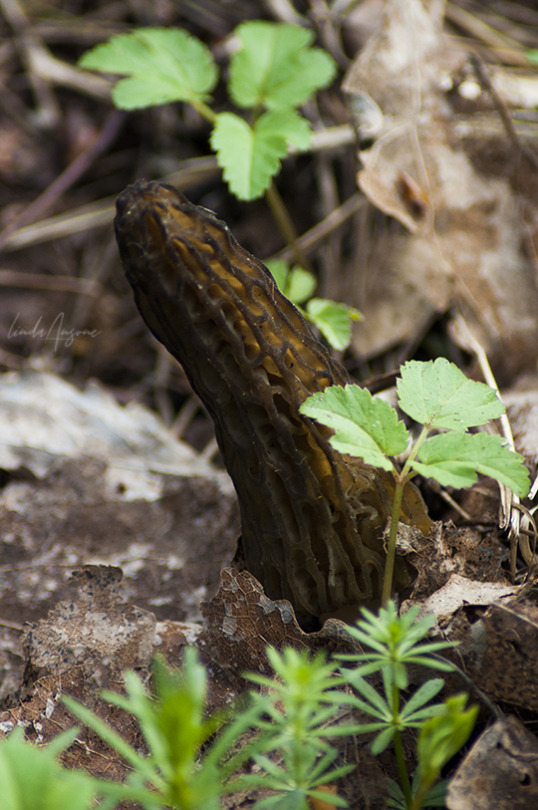

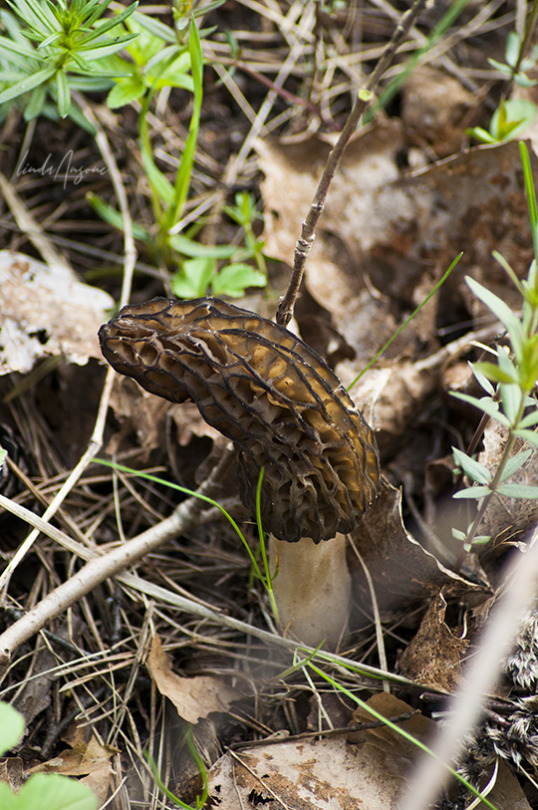
Morchella conica
#morels#morchella conica#mushrooms#fungi#mycology#mushroom photography#edible mushrooms#nature#nature photography#naturecore#foraging#original photography#photographers on tumblr#spring mushrooms
77 notes
·
View notes
Text
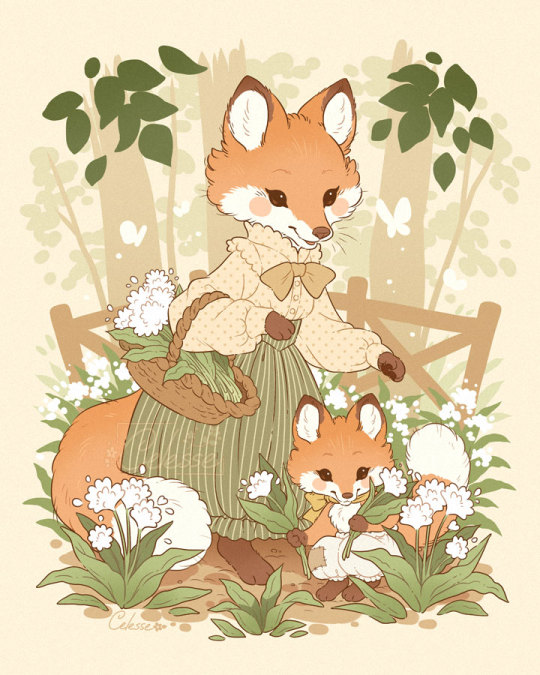
An essential lesson of forest life 🌲🦊🦊🌿
Prints here 💕
#fox#foxes#fox art#forestcore#fox family#baby fox#mother fox#foraging#foragecore#forest life#forestcore art#wild garlic#foragers#cottagecore#cottagecore art#vintage style#vintage chic#artists on tumblr#digital art#animal art
8K notes
·
View notes
Text


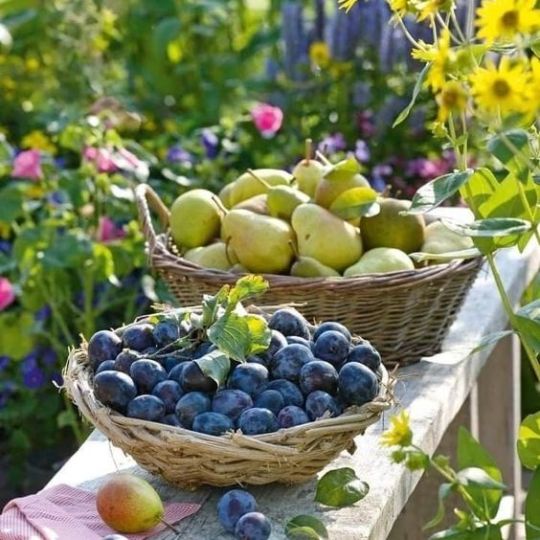
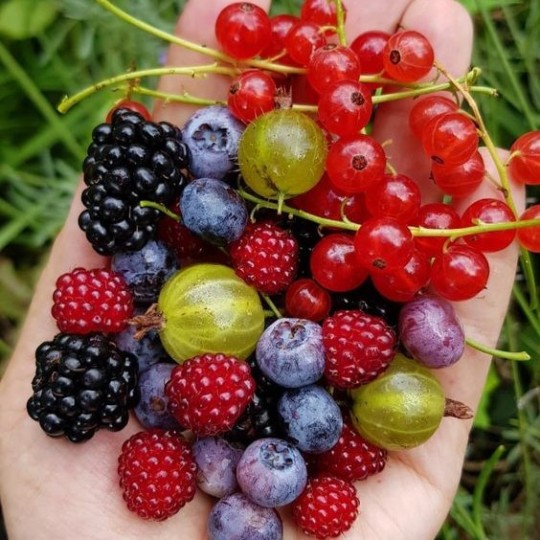
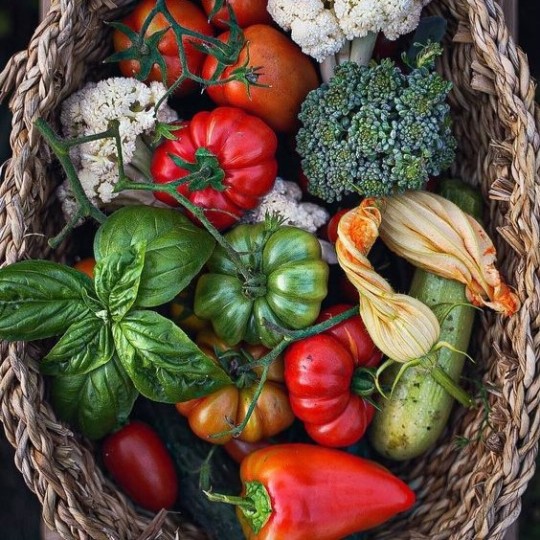




#naturecore#aesthetic#plants#nature#farm aesthetic#farming#farm life#farm#warm aesthetic#summer days#harvestcore#harvest#farmcore#farm living#garden#gardening#veggies#fruits#vegetables#harvesting#foraging#plantlife#plantblr#cottage vibes#cottage style#nature aesthetic#cottagecore#countrycore#photography#explore
1K notes
·
View notes
Text

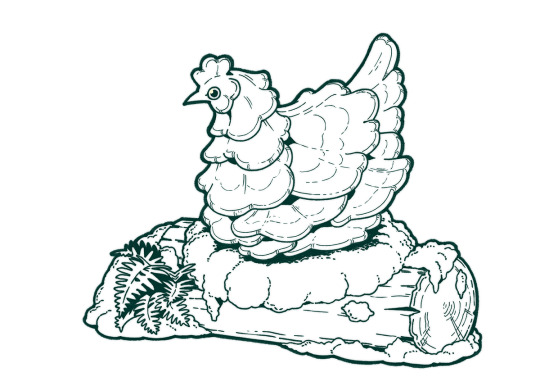
Illustrating some literal mushroom names in anticipation of baby's first convention season (as an independent artist)
Here's 1 out of 3 - Chicken of the Woods!
Come see me at VanCAF in May if you like chickens and/or mushrooms. I'll have stickers and postcards and other art toooo
11K notes
·
View notes
Text
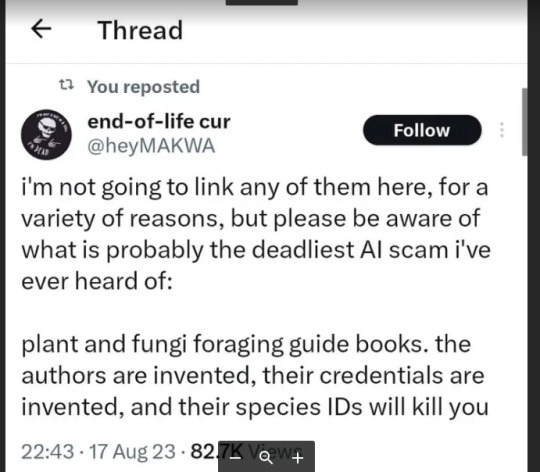
ETA: I wrote up a guide on clues that a foraging book was written by AI here!
[Original Tweet source here.]
[RANT AHEAD]
Okay, yeah. This is a very, very, very bad idea. I understand that there is a certain flavor of techbro who has ABSOLUTELY zero problem with this because "AI is the future, bro", and we're supposed to be reading their articles on how to use AI for side hustles and all that.
I get that ID apps have played into people's tendency to want quick and easy answers to everything (I'm not totally opposed to apps, but please read about how an app does not a Master Naturalist make.) But nature identification is serious stuff, ESPECIALLY when you are trying to identify whether something is safe to eat, handle, etc. You have to be absolutely, completely, 100000% sure of your ID, and then you ALSO have to absolutely verify that it is safely handled and consumed by humans.
As a foraging instructor, I cannot emphasize this enough. My classes, which are intended for a general audience, are very heavy on identification skills for this very reason. I have had (a small subsection of) students complain that I wasn't just spending 2-3 hours listing off bunches of edible plants and fungi, and honestly? They can complain all they want. I am doing MY due diligence to make very sure that the people who take my classes are prepared to go out and start identifying species and then figure out their edibility or lack thereof.
Because it isn't enough to be able to say "Oh, that's a dandelion, and I think this might be an oyster mushroom." It's also not enough to say "Well, such-and-such app says this is Queen Anne's lace and not poison hemlock." You HAVE to have incredibly keen observational skills. You HAVE to be patient enough to take thorough observations and run them through multiple forms of verification (field guides, websites, apps, other foragers/naturalists) to make sure you have a rock-solid identification. And then you ALSO have to be willing to read through multiple sources (NOT just Wikipedia) to determine whether that species is safely consumed by humans, and if so if it needs to be prepared in a particular way or if there are inedible/toxic parts that need to be removed.
AND--this phenomenon of AI-generated crapola emphasizes the fact that in addition to all of the above, you HAVE to have critical thinking skills when it comes to assessing your sources. Just because something is printed on a page doesn't mean it's true. You need to look at the quality of the information being presented. You need to look at the author's sources. You need to compare what this person is saying to other books and resources out there, and make sure there's a consensus.
You also need to look at the author themselves and make absolutely sure they are a real person. Find their website. Find their bio. Find their social media. Find any other manners in which they interact with the world, ESPECIALLY outside of the internet. Contact them. Ask questions. Don't be a jerk about it, because we're just people, but do at least make sure that a book you're interested in buying is by a real person. I guarantee you those of us who are serious about teaching this stuff and who are internet-savvy are going to make it very easy to find who we are (within reason), what we're doing, and why.
Because the OP in that Tweet is absolutely right--people are going to get seriously ill or dead if they try using AI-generated field guides. We have such a wealth of information, both on paper/pixels and in the brains of active, experienced foragers, that we can easily learn from the mistakes of people in the past who got poisoned, and avoid their fate. But it does mean that you MUST have the will and ability to be impeccably thorough in your research--and when in doubt, throw it out.
My inbox is always open. I'm easier caught via email than here, but I will answer. You can always ask me stuff about foraging, about nature identification, etc. And if there's a foraging instructor/author/etc. with a website, chances are they're also going to be more than willing to answer questions. I am happy to direct you to online groups on Facebook and elsewhere where you have a whole slew of people to compare notes with. I want people's foraging to be SAFE and FUN. And AI-generated books aren't the way to make that happen.
#foraging#mushroom foraging#plant foraging#mushrooms#edible plants#edible mushrooms#wild foods#food#nature#AI#fungus#fungi#poisonous mushrooms#poisonous plants#botany#mycology#rant
4K notes
·
View notes
Text

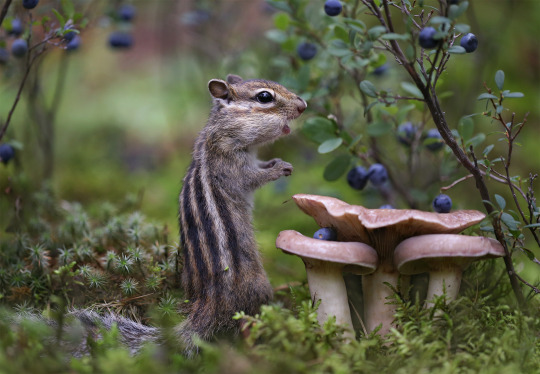
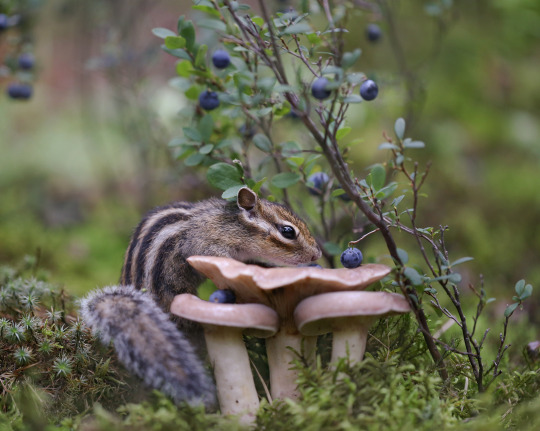
Evgenia Levina
1K notes
·
View notes